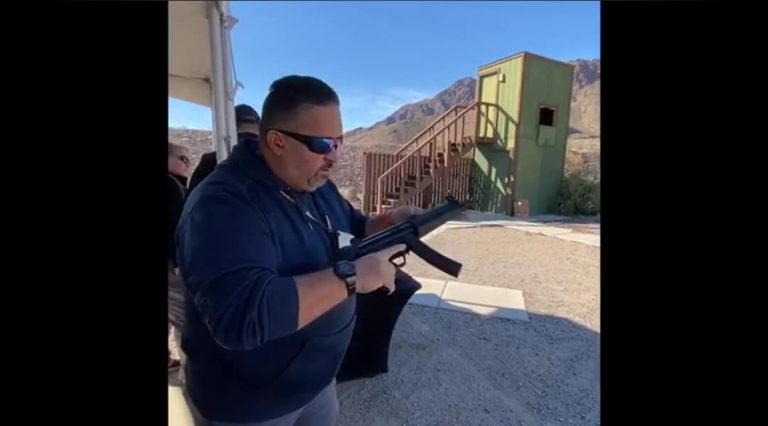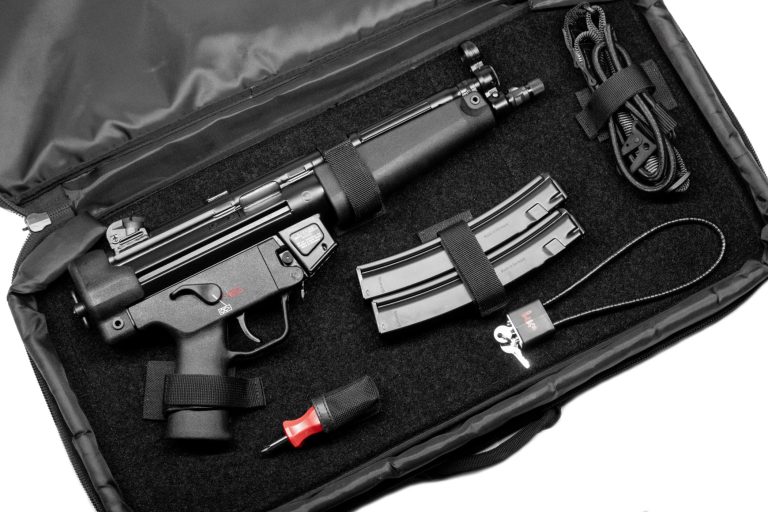
Art Of War (As Applied to Jiu-Jitsu)
ART OF WAR (Sun Tzu) APPLIED TO BJJ 1. -When the opponent has made a plan of attack against us, we must anticipate him by

ART OF WAR (Sun Tzu) APPLIED TO BJJ 1. -When the opponent has made a plan of attack against us, we must anticipate him by

Talking Guns and www.talkingguns.net Founder Brian Kovacs appears on Newsmax TV to discuss the Constitutional Crisis unfolding day by day in the great state of

Sneak Peak at Blackwater’s new 2011 pistol line up These new 2011 weapons from Blackwater will be totally manufactured in house and loaded with some
Talking Guns and www.talkingguns.net Founder Brian Kovacs appears on Newsmax TV to discuss the Constitutional Crisis unfolding day by day in the great state of

Talking Guns founder Brian Kovacs on the Sean Hannity Show with guest host Jonathan T. Gilliam. Jonathan talks about the new threat to American Freedom

Has Arizona Governor Doug Ducey finally begun to drain his own swamp? Embattled Director Charles Ryan resigned from the Arizona Department of Corrections on September

Heckler and Koch SP5 Why did Heckler and Koch release an SP5 now? What are the internals like? Is it really an all German
Talking Guns Founder Brian Kovacs joins Newsmax – America Talks Live – with Guest Host Jonathan Gilliam for an in depth discussion of the

Blackwater is Back with 2011s That’s right the legendary Blackwater is Back and they are designing some incredible new 2011 weapon platforms. First

Why did Heckler and Koch release an SP5 now? What are the internals like? Is it really an all German MP5? Is there an SP5SD/MP5SD